Palazzo Pitti in Florence and the Palatine Gallery
The magnificent Medici palace houses several museums including the Palatine Gallery in the royal apartments
Palazzo Pitti was the palace of the Grand Duchy of Tuscany under the dynasty of the Medici family previously and the Lorraine later.
Inside the Pitti Palace are now housed several museums: the Palatine Gallery, the Gallery of Modern Art and other specialized museums such as the Museo degli Argenti (silver museum) also known as the Treasury of the Grand Dukes for applied arts, the Costume Gallery and the largest Italian museum dedicated to fashion and the Porcelain Museum.
The monumental Boboli Gardens are the greatest representation in the world of "Italian garden" or the geometric subdivision of spaces thanks to the use of trees and hedges.
At the time of its construction it was the largest and most luxurious palace in Florence.
Luca Pitti, in eternal rivalry with the Medici family, wanted a larger and more beautiful palace than the one just erected by Michelozzo for Cosimo the Elder.
Tradition tells that the Pitti decided to choose Brunelleschi's project, this last was set aside by Cosimo de 'Medici for his palace because it was judged too grandiose,. Cosimo preferred the more "sober" one proposed by Michelozzo. Luca Pitti required that the windows of his palace had to be larger than the main door of the Palazzo Medici Riccardi.
Initially Palazzo Pitti had seven windows on the first and second floors, the facade was built following a fixed module.The inclusion of the square in front of the building was very innovative.
Due to financial problems, the palace was not completed and the work was interrupted around 1464. The fortunes of the Pitti family did not recover and they were forced to sell the palace to Eleonora Toledo, wife of Cosimo I de 'Medici. Eleonora suffered from pulmonary haemorrhages and was subject to violent tuberculosis, moreover, having grown up in Naples she felt suffocated in the little windowed structure of Palazzo Vecchio, her initial residence in Florence.
The palace thus became the main house of the Medici family without ever changing its name and making the district one of the most coveted in the city.
In 1560 the first enlargement of the building was carried out by Bartolomeo Ammannati. On the other hand, the arrangement of the garden had already begun about ten years earlier, focusing everything on an amphitheater, built by exploiting the natural conformation of the hill. This space was used for the representation of comedies and tragedies. Ammannati created a monumental staircase for the noble floor and extended the rear wings of the building by embracing the courtyard and closing it on one side.
In the garden we find the Grotta Grande, also called del Buontalenti, adjacent to the first exit of the Vasari Corridor, built in 1565 by Giorgio Vasari to connect Palazzo Pitti with Palazzo Vecchio passing through the Uffizi, Ponte Vecchio and the Church of Santa Felicita.
In 1616 a competition was promoted to expand the building on the square and was won by Giulio Parigi, Ammannati's nephew, who led the work together with his son. The two side wings that embrace the square were added, coming from a French inspiration. The Medici family had the Fonte del Leone added on the facade of the building, adorned with the Medici Grand Ducal crown.
In the early nineteenth century, Palazzo Pitti was used by Napoleon Bonaparte for his passage through the city during his government in Italy. With the annexation of Tuscany to Piedmont, the Palazzo became the property of the Savoy family and the king resided there during the period of Florence as the capital.
After the renovation, the palace was arranged with five museums divided into different themes. Palazzo Pitti and the Boboli Gardens were visited in 2013 by about one million people, making it the most visited site after the Uffizi Gallery and the Accademia Gallery.
THE PALATINE GALLERY AT PALAZZO PITTI
Inside the building the Palatine Gallery is hosted. The museum is located on the noble floor (first floor) and is divided into twenty-eight rooms. The setting respects the taste of past centuries, with the paintings placed in several rows selected following a precise decorative criterion. Chronologically, with the exception of a few pieces, the Gallery contains paintings from the 16th and 17th centuries.
The Palatine Gallery is located in some of the most beautiful halls of the palace, hence the name "Palatina" or "of the palace". The collection of paintings is centered on the Baroque and Renaissance period and is the largest example in Italy of a “picture gallery” where the works are not exhibited in chronological or period order, but following a purely decorative line.
For reasons of space, all the works belonging to the Medici family could not be housed inside the Uffizi Gallery, with the exception of the Renaissance period, the artistic heritage of the Medici is preserved inside the Palatine Gallery.
The museum is basically composed of about 500 pieces. The exhibition itinerary begins in the vestibule, a representative entrance hall, and continues with some rooms dedicated to sculpture where you can find the bust of Cosimo I de 'Medici portrayed as a Roman emperor. The following rooms take their name from the theme of the frescoes represented on the vaults.
The cycle is however dedicated to Greco-Roman mythology but also celebrates the greatness and dynasty of the Medici. The frescoes in the first five rooms bear the signature of one of the most famous painters of the time, Pietro da Cortona, while the other rooms are the work of neoclassical artists of the first half of the nineteenth century.
Magazine
Scopri di più
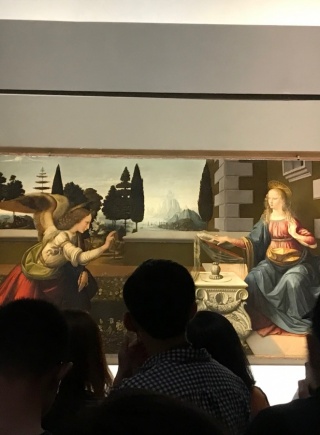 Leonardo Da Vinci at the Uffizi Gallery
Leonardo da Vinci, Tuscan by birth, has spent most of his life traveling around Italy. Many of his masterpieces are therefore scattered in v...
Read More
Leonardo Da Vinci at the Uffizi Gallery
Leonardo da Vinci, Tuscan by birth, has spent most of his life traveling around Italy. Many of his masterpieces are therefore scattered in v...
Read More
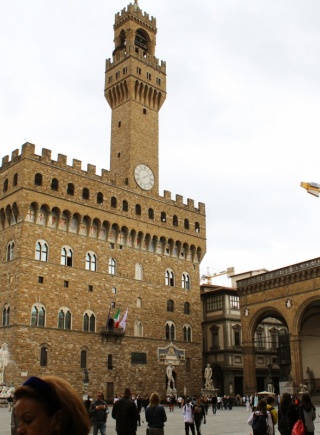 Piazza della Signoria in Florence and the fountain of Neptune
Piazza della Signoria is a real treasure chest of art treasures, in the heart of historic Florence.This famous Florentine square is home fir...
Read More
Piazza della Signoria in Florence and the fountain of Neptune
Piazza della Signoria is a real treasure chest of art treasures, in the heart of historic Florence.This famous Florentine square is home fir...
Read More
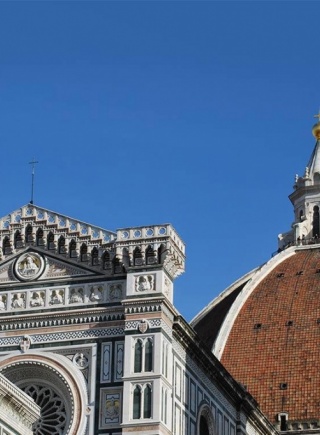 The Duomo of Florence, Santa Maria del Fiore Cathedral
The Cathedral of Santa Maria del Fiore is the fifth largest church in Christianity."Duomo" is a word that derives from the Latin "domus", or...
Read More
The Duomo of Florence, Santa Maria del Fiore Cathedral
The Cathedral of Santa Maria del Fiore is the fifth largest church in Christianity."Duomo" is a word that derives from the Latin "domus", or...
Read More
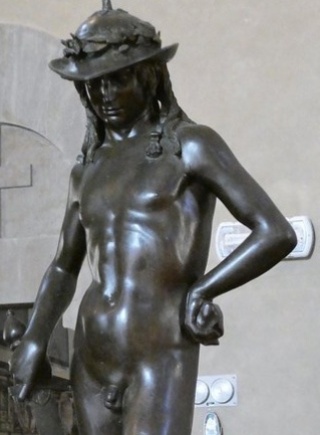 The Bargello Museum and Donatello's David
The Bargello National Museum is one of the most important Italian museums and houses masterpieces by Michelangelo, Ghiberti, Cellini, Giambo...
Read More
The Bargello Museum and Donatello's David
The Bargello National Museum is one of the most important Italian museums and houses masterpieces by Michelangelo, Ghiberti, Cellini, Giambo...
Read More
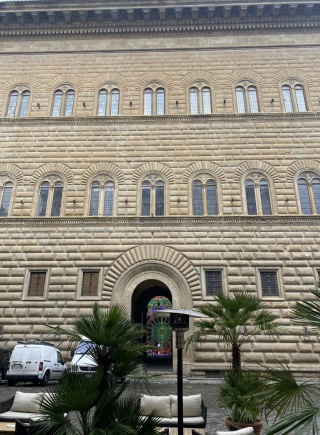 Palazzo Strozzi in Florence a timeless jewel
Palazzo Strozzi has three grandiose identical portals facing Via Tornabuoni and Piazza Strozzi. The palace was commissioned by Filippo Stroz...
Read More
Palazzo Strozzi in Florence a timeless jewel
Palazzo Strozzi has three grandiose identical portals facing Via Tornabuoni and Piazza Strozzi. The palace was commissioned by Filippo Stroz...
Read More
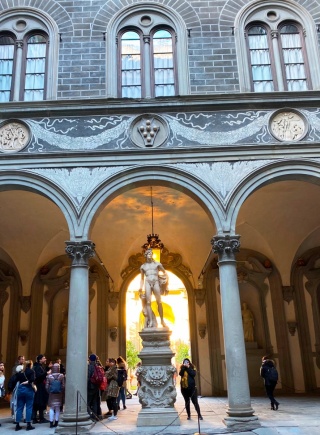 Palazzo Medici Riccardi in Florence the first Medici residence
The Medici Riccardi palace is located in the heart of Florence and is a work created by the architect Michelozzo, commissioned by Cosimo the...
Read More
Palazzo Medici Riccardi in Florence the first Medici residence
The Medici Riccardi palace is located in the heart of Florence and is a work created by the architect Michelozzo, commissioned by Cosimo the...
Read More
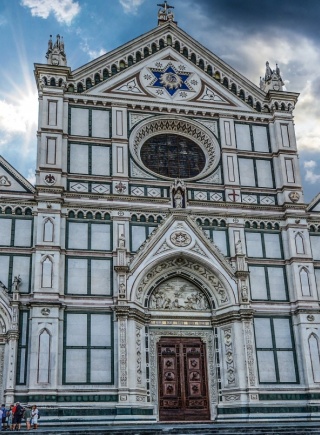 Santa Croce Basilica in Florence
The Santa Croce Basilica is located in the homonymous square in the heart of Florence. It is one of the largest Franciscan churches and undo...
Read More
Santa Croce Basilica in Florence
The Santa Croce Basilica is located in the homonymous square in the heart of Florence. It is one of the largest Franciscan churches and undo...
Read More
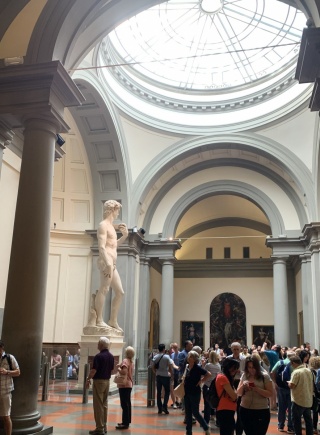 Michelangelo's David at the Academy of Florence
Michelangelo's David is an imposing sculpture in Carrara marble still considered the perfect ideal of a male figure. It is certainly made ar...
Read More
Michelangelo's David at the Academy of Florence
Michelangelo's David is an imposing sculpture in Carrara marble still considered the perfect ideal of a male figure. It is certainly made ar...
Read More
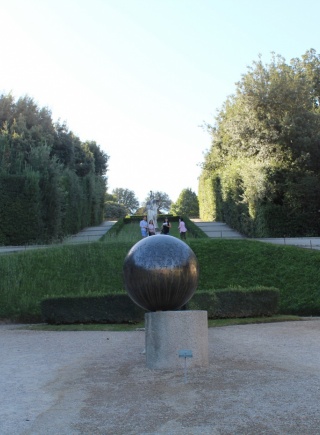 The Boboli Gardens in Florence and its wonders
The Boboli Gardens covers an area of 45,000 square meters on the hill behind Palazzo Pitti and continues down towards Porta Romana, passin...
Read More
The Boboli Gardens in Florence and its wonders
The Boboli Gardens covers an area of 45,000 square meters on the hill behind Palazzo Pitti and continues down towards Porta Romana, passin...
Read More
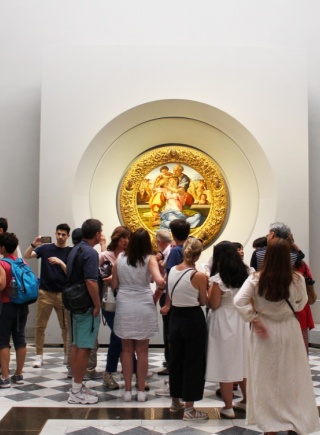 The Uffizi Gallery, the history of the largest Renaissance museum
The Uffizi Museum houses one of the most important Renaissance art collections in the world, Botticelli, Cimabue, Caravaggio, Giotto, Michel...
Read More
The Uffizi Gallery, the history of the largest Renaissance museum
The Uffizi Museum houses one of the most important Renaissance art collections in the world, Botticelli, Cimabue, Caravaggio, Giotto, Michel...
Read More
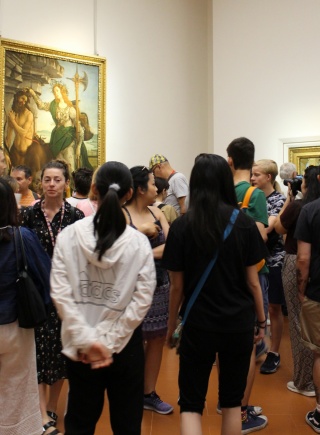 Sandro Botticelli at the Uffizi Gallery of Florence
The Uffizi Gallery is one of the most important museums in the world, but also the Museum of Sandro Botticelli!The Uffizi museum is based in...
Read More
Sandro Botticelli at the Uffizi Gallery of Florence
The Uffizi Gallery is one of the most important museums in the world, but also the Museum of Sandro Botticelli!The Uffizi museum is based in...
Read More
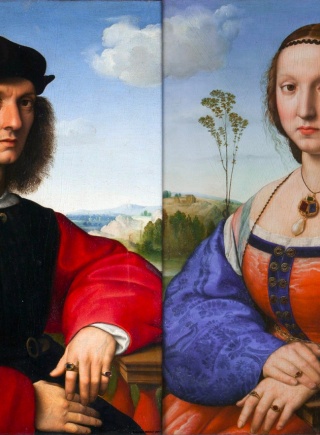 Read More
Read More
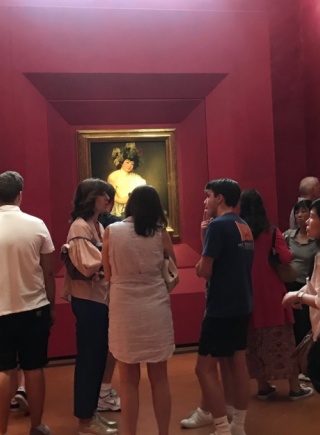 Read More
Read More
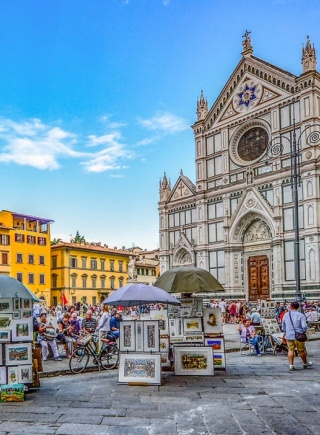 Read More
Read More
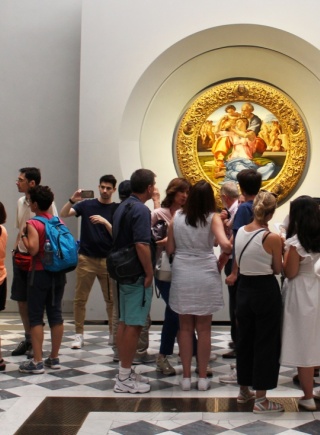 Read More
Read More
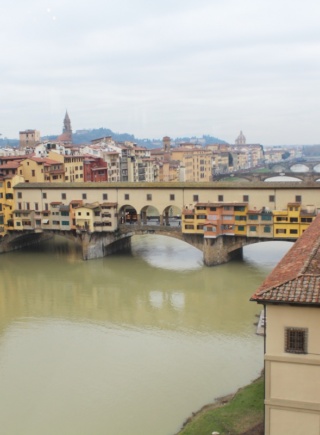 Read More
Read More
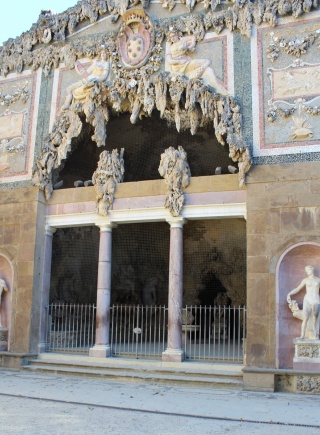 Read More
Read More
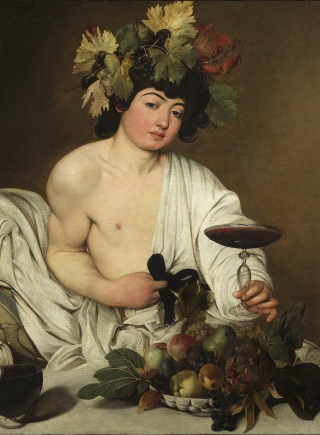 Read More
Read More
The Uffizi Gallery houses the largest collection of paintings from Romanesque period to the 18th century. Nowadays the Uffizi still accommodates famous masterpieces exhibited in chronological order

